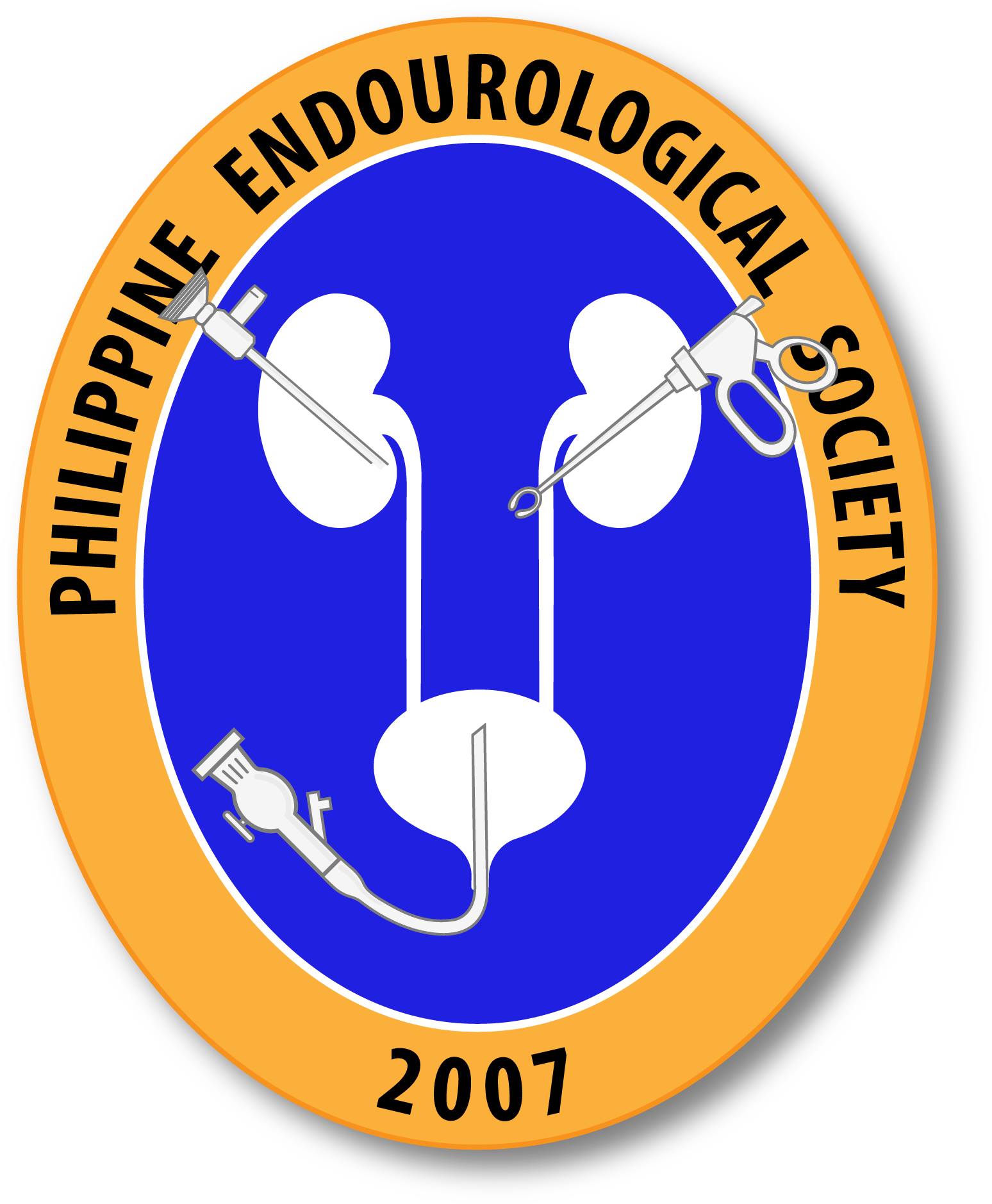[Quality of care criteria in the treatment of penile cancer].
Penile cancer is a rare malignancy and the wide range of quality of care associated with it often results in inferior oncologic and functional treatment outcomes. Assessment of the current healthcare situation in clinical routine and identification of the relevant key features and reference values for quality of care.
